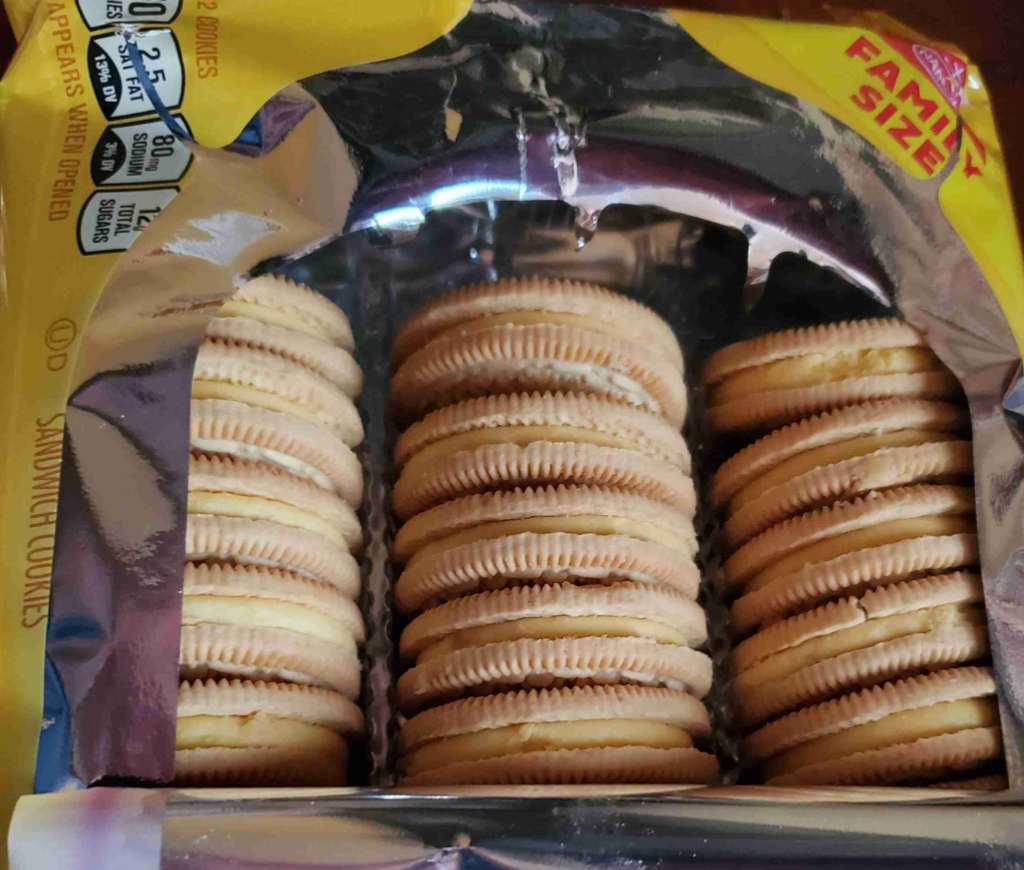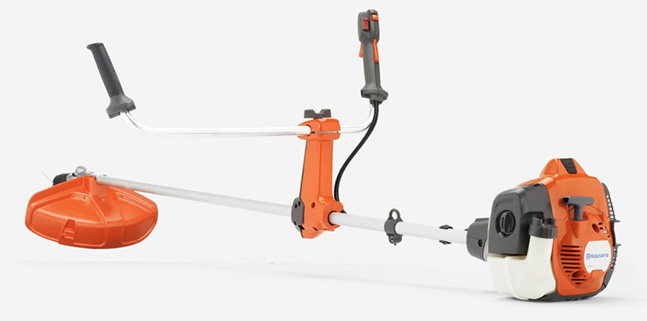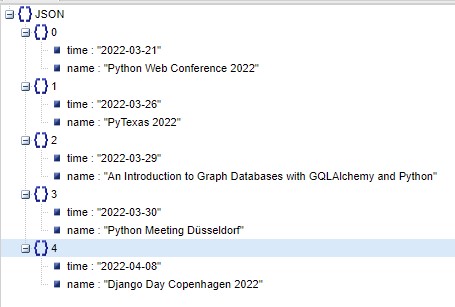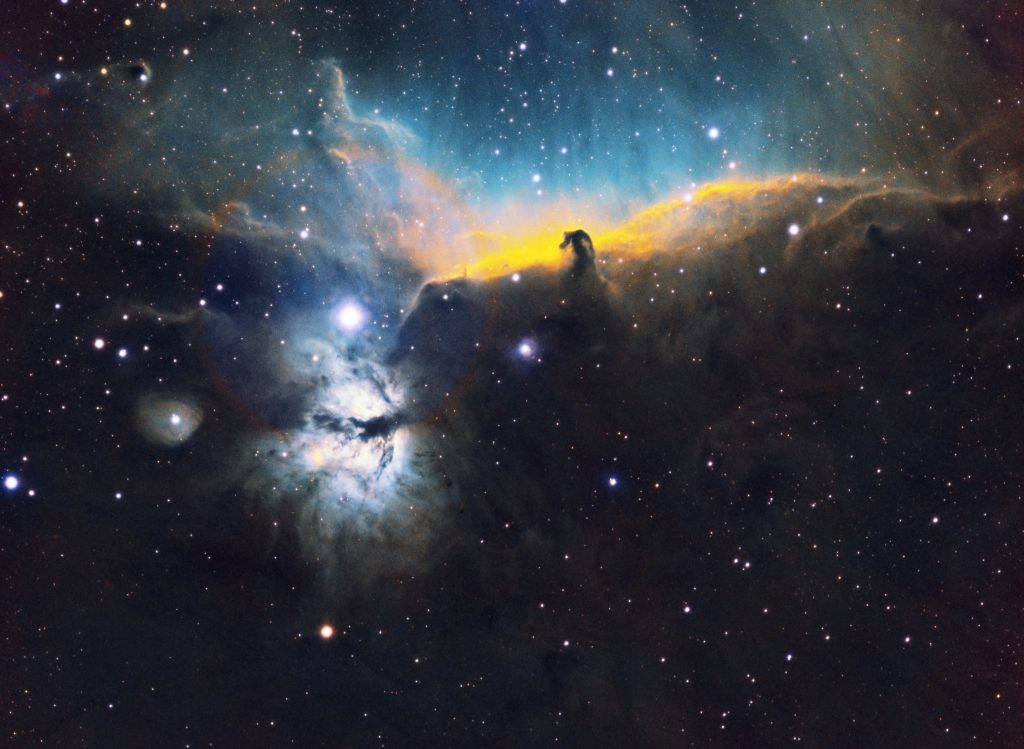
I purchased some Lemon Oreos yesterday and when I opened them today found that each row in the package was missing either two or three cookies. (See above photo) I don’t know if this was a packaging mistake or just the way they sell them. It’s possible that they share packaging between the different types of Oreos and that the lemon version are more expensive so they put in less. It’s also possible that they just started including fewer Oreos to keep from having to raise the price as a consequence of Biden’s inflation. No matter what, it doesn’t give the customer a good first impression of the product when you open the package.
On the same store trip, while standing in line I noticed that M&Ms are now $2.50 per package. $2.50! Just incredible.



